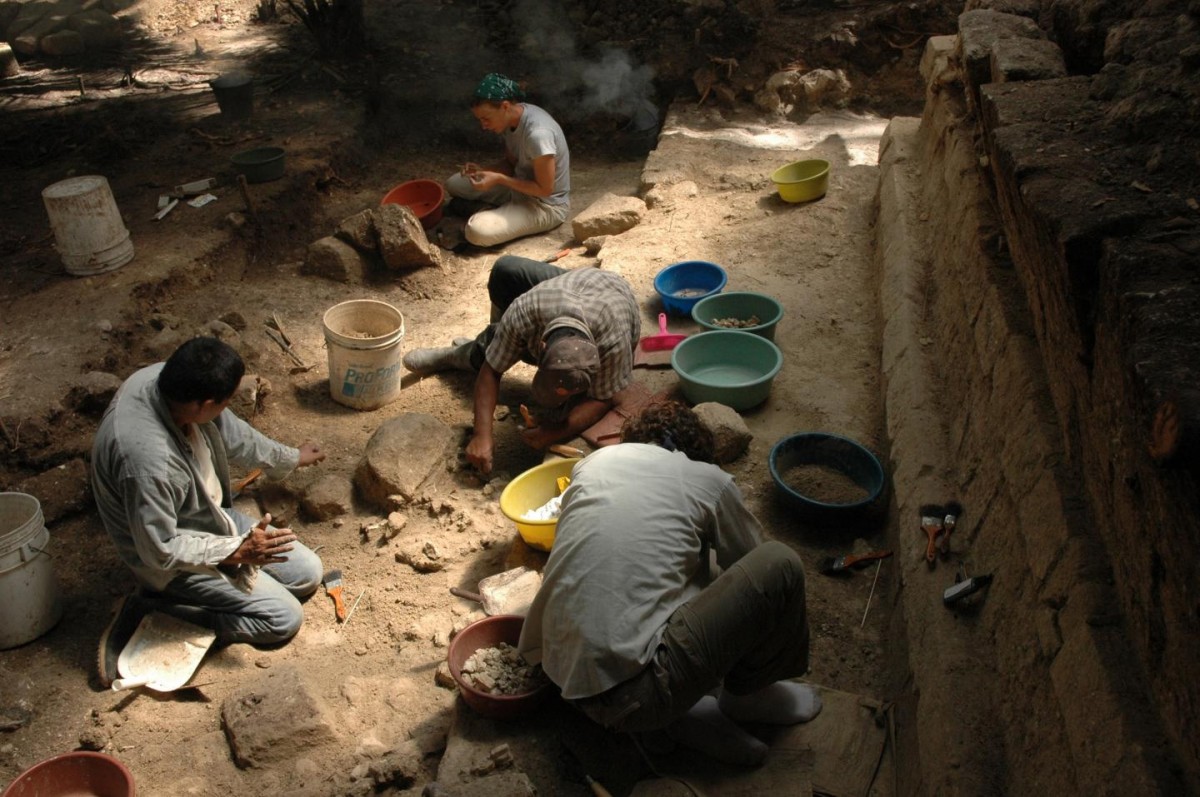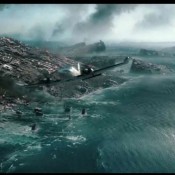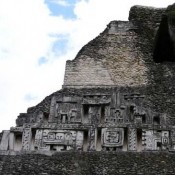Using radiocarbon dating and data from ceramics and highly controlled archaeological excavations, the researchers were able to establish the refined chronology of when population sizes and building construction increased and decreased at Ceibal.
While the findings may not solve the mystery of why exactly the Maya collapses occurred, they are an important step toward better understanding how they unfolded.
“It’s really, really interesting that these collapses both look very similar, at very different time periods,” said Melissa Burham, one of three UA anthropology graduate students who co-authored the paper. “We now have a good understanding of what the process looked like, that potentially can serve as a template for other people to try to see if they have a similar pattern at their (archaeological) sites in the same area.”
Inomata and his UA colleagues — anthropology professor Daniela Triadan and students Burham, Jessica MacLellan and Juan Manuel Palomo — worked with collaborators at Ibaraki University, Naruto University of Education and the Graduate University for Advanced Studies in Japan, and with Guatemalan archaeologists and students.
Radiocarbon dating was done at Paleo Laboratory Company in Japan and at the Accelerator Mass Spectrometry Laboratory in the UA Department of Physics.
“Radiocarbon dating has been used for a long time, but now we’re getting to an interesting period because it’s getting more and more precise,” said Inomata, who also is an Agnese Nelms Haury Chair in Environment and Social Justice at the UA. “We’re getting to the point where we can get to the interesting social patterns because the chronology is refined enough, and the dating is precise enough.”


